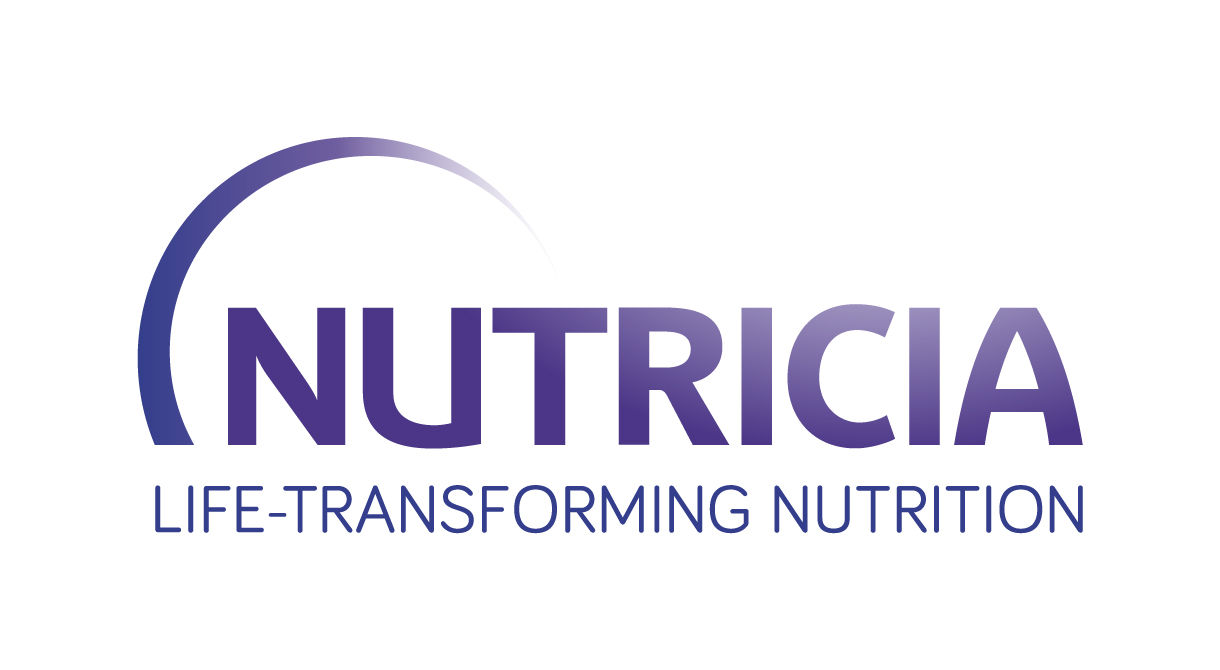Watch the replay of the Nutricia Satelite Symposium at ISICEM 2022
Why do we believe that optimizing nutrition support is so important to not only ICU patients, but ALL patients?
For at least the last decade we've known that on average critically ill patients receive 0.6-0.8 g/kg protein per day1-3, well below guideline recommendations4-5. In order to better preserve muscle mass and support recovering patients, we need to better understand the role of protein. Trends seen in observational studies show that better protein provision (1.2-1.5 g/kg/day) appear to reduce mortality6-8.
Learn more about new cutting edge clinical trials further exploring this topic, using Nutrison Protein Intense to meet the ESPEN guideline-recommended intakes of around 1.3 g/kg/day4. To meet this target, it is recommended that intact, high protein enteral feeds are used with a slow ramp up to requirements by Day 44. More recent studies showed that Nutrison Protein Intense, with 32% intact protein, can meet the guideline recommendation of 1.3 g/kg/day protein without the risk of overfeeding calories9,10.






